#norse pagan viking
Text
Located in Denmark, Lake Tissø (Týr’s Lake) was probably one of the most prominent Týr cult sites of pre-Christian times. More than 12 000 objects have been excavated in this major holy site, many of which were gold or silver. It was customary to sacrifice weapons, tools or jewelry by throwing them into the waters of the lake, most likely as an offering to Týr or to ancestors. It was home to a large hall, a ritual hörgr and a handful of minor houses (ca. 550 – 650).


Some of the most famous artifacts excavated on the site include the Goats of Thórr brooch (late Iron Age), the 1.8 kg of gold neck ring (10th century), and the Valkyries (2nd is possibly Freyja) of Tissø.



#hail Týr#history#artifacts#norse paganism#heathenry#viking age#paganism#spirituality#polytheism#norse gods#deities#deity work#norse polytheism#archeology
455 notes
·
View notes
Text

THIS is how I imagine Loki in my head! Thank you to the artist Bella Bergolts for creating such a great painting! I really hate how everything is all MCU garbage now! So seeing this really made my day!
329 notes
·
View notes
Note
odd question: did the norse people ever worship or venerate the warriors of Valhalla? or was it just a goal to aspire to?
The Old Norse people worshipped their ancestors, some of which went to Valhalla, and some who were definitely heroes. But I don't think they worshipped "the warriors of Valhalla" as an archetype, or as paragons to emulate. Valhalla wasn't even viewed as a goal to aspire to. Rather, it was a consolation prize for dying far from home.
Prior to the Viking Age, the Norse people believed they rejoined their family and ancestors after they died. However, this was dependent on the fact they would be buried in the family grave or barrow.
But going a-viking meant risking death far from home, and this death would most likely happen while out at sea or during a skirmish.
In order to reconcile the question of "Where do we go if we can't be with our families?", the Norse people concluded that if they died out at sea, they went to Njord's hall, and if they died in a skirmish, they went to Odin's or Freyja's hall. This way, they had the comfort of knowing they would still be with their gods and people if they perished far from home.
It's important to keep in mind that the vikings were not exactly a warrior class; as in, "being a warrior" wasn't their job. They were pirates. And like all pirates, their goal was to retrieve goods, either by trade or by raid. Most vikings had every intention of making it home alive, and just like being a skilled sailor improved these odds, so did knowing how to put an axe through a man's skull.
Dying while going a-viking was honorable for the same reason that successfully returning home with goods was honorable; it's the fact that a person risked their life to travel very far away and gather resources for their family and community. It's an honorable deed.
But just because this death was honor-worthy doesn't mean it was a goal.
First of all, let's consider the practical aspect here: In a pre-industrial era, no one in their right mind would waste an entire ship on a crew that didn't plan to come back in it.
Secondly, "dying gloriously on the battlefield" only has widespread cultural importance in imperial nations; nations motivated by dominion, conquest, and establishing their widespread rule. Not only were the Norse societies not imperial, they didn't even have a centralized military, let alone the manpower to fight the rank-and-file wars we associate with the term "war."
So I guess the short answer to your question is "neither." Heroes were definitely venerated, but the notion that becoming ulfhednar makes someone the worthiest of all worthies is a retroactive interpretation.
360 notes
·
View notes
Text

#heathen#heathenism#norse mythology#asatru#polytheism#norse pantheon#norse heathen#norse paganism#norse gods#norse#odin#viking god#viking#vikings#wolves
154 notes
·
View notes
Text
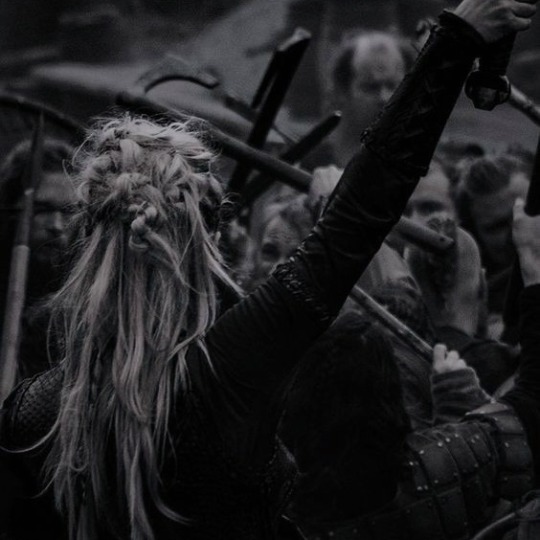
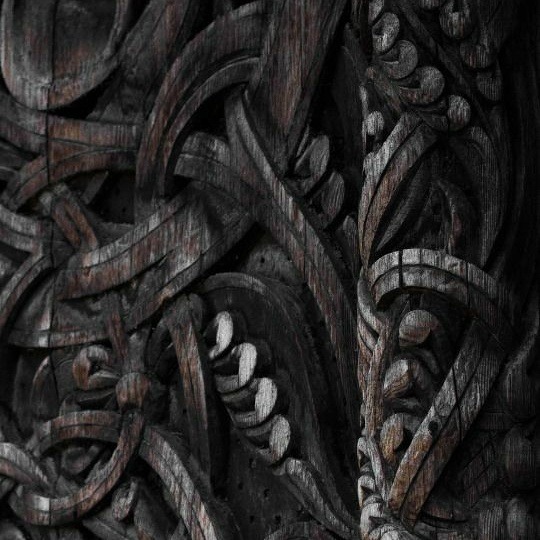
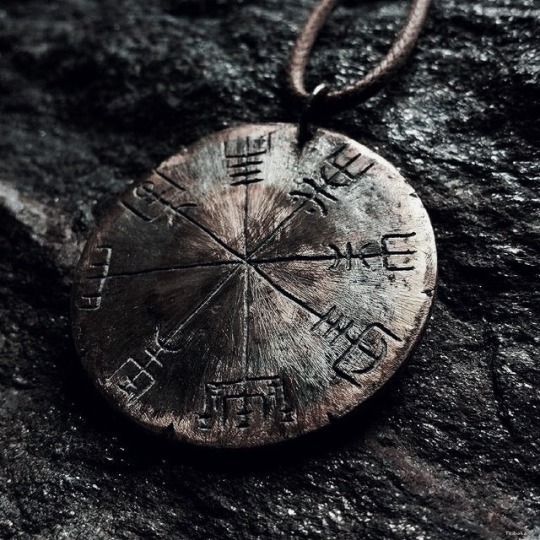
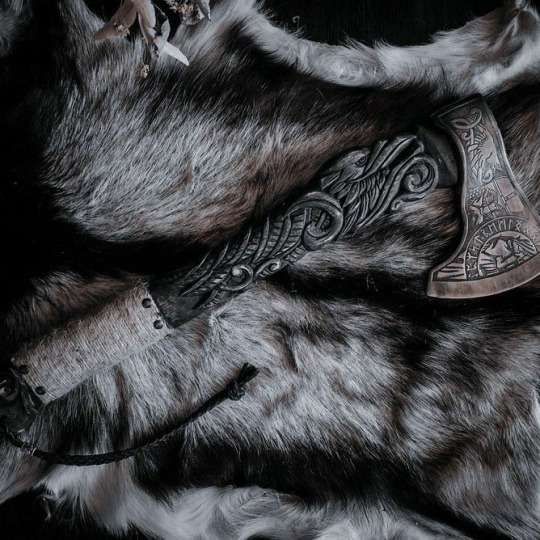




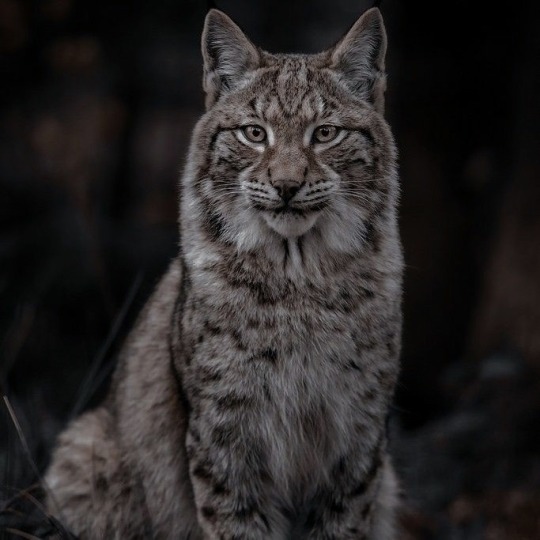
𝒇𝒓𝒆𝒚𝒋𝒂 ; 𝒈𝒐𝒅𝒅𝒆𝒔𝒔 𝒐𝒇 𝒍𝒐𝒗𝒆, 𝒃𝒆𝒂𝒖𝒕𝒚, 𝒘𝒂𝒓, 𝒔𝒆𝒊ð𝒓⚔️💛
[please reblog or like if you saved]
#freyja#goddess freyja#freyja goddess#norse paganism#norse pagan#norse pantheon#norse myth#norse myth aesthetic#norse myth art#norse mythology#norse mythology aesthetic#norse mythology art#norse gods#nordic gods#nordic mythology#nordic myth#vikings#viking aesthetic#viking art#viking#vikings aesthetic#vikings art#old norse#goddess of war#goddess of beauty#norse goddess#norse#nordic#norse polytheism#norse polytheist
1K notes
·
View notes
Text

So an infection, not a phase.
#aesthetic#pagan aesthetic#witchy aesthetic#crystals#skulls#animal skull#skulls and bones#bone collecting#norse paganism#elder futhark#runes#viking runes#herbs#witchcraft
73 notes
·
View notes
Text

Viking Brooch, Jorvik Viking Centre, York
#viking#vikings#vikingbrooch#metalwork#brooch#jewellery#design#design work#symbols#norse mythology#norse paganism#Jorvik#york#archaeology#costume
127 notes
·
View notes
Text


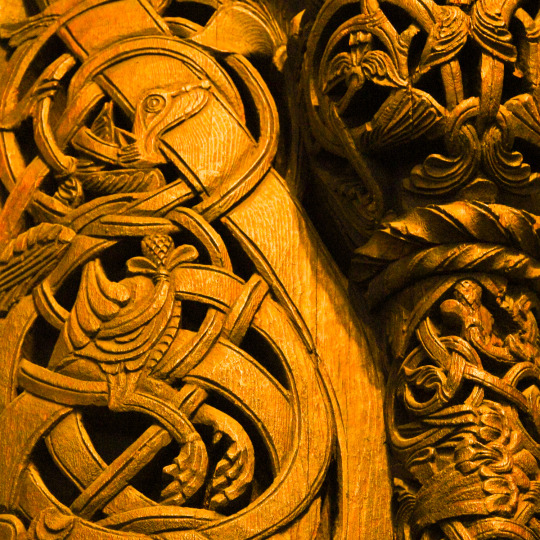
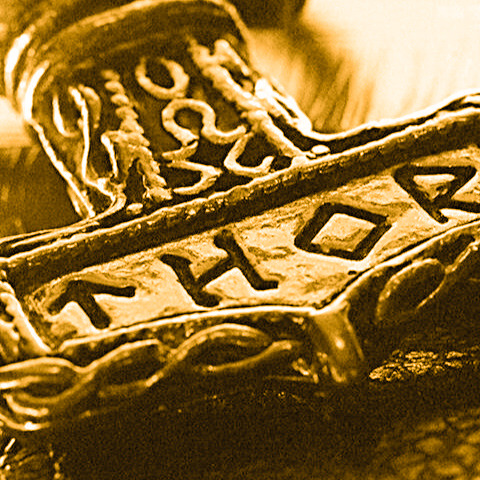

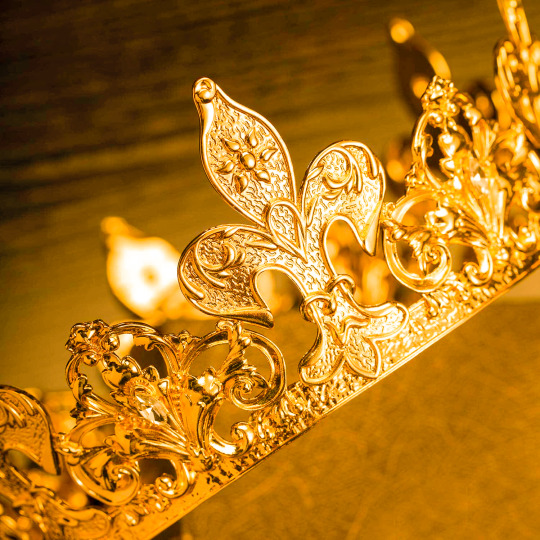



𝐍𝐨𝐫𝐬𝐞 𝐆𝐨𝐝 𝐌𝐨𝐨𝐝𝐛𝐨𝐚𝐫𝐝 ✶ 𝑻𝒉𝒐𝒓
➜ for Thor⚡️if shared elsewhere please credit.
#norse gods#norse pantheon#witchblr#lokean#norse heathen#thor odinson#thor#witchyvibes#witchy moodboard#norse witch#nordic witch#nordic#norse paganism#norse mythology#norse runes#lightning#vikings#viking aesthetic#mjolnir#aesthetic moodboard#witch aesthetic#lightning aesthetic#witchcore#witch#runes#quotes#thor quotes#king thor#asgard
262 notes
·
View notes
Text

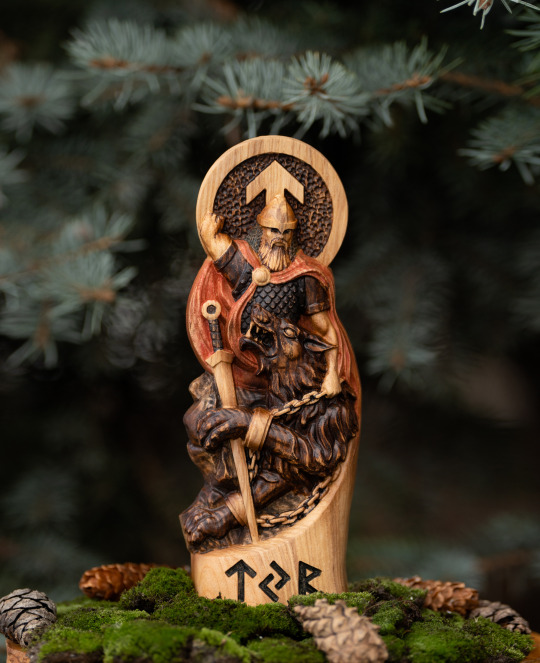
Odin and Tyr
this and other figurines in my Etsy store
267 notes
·
View notes
Note
Could you draw Hel from Norse mythology? 👀

I already have 😎
Also available as print
#norse#norse mythology#norse gods#norse paganism#hel#norse goddess#viking#viking goddess#artist#artwork#digitalart#art#drawing#artists on tumblr#digital art
112 notes
·
View notes
Text







Ivar the Boneless
Vikings
#ivar#ivar the boneless#ivar ragnarsson#vikings#vikings ivar#ivar vikings#ivar lothbrok#ivar x reader#norse paganism#norse gods#norse mythology#ragnar lothbrok
129 notes
·
View notes
Text


St Patrick's Day - a very very bizarre celebration indeed. A British and Roman priest who attempted to annihilate the Druids, conducted exorcisms to banish the great Irish faery deity Aine, who told lies about the faery, who claimed he threw Pagan women who would not convert into the ocean and they became mermaids, who "drove out the snakes" (the Pagan ways) and attempted to turn the great bright god Lugh into Lugh-chromain (Little stooping Lugh) which would become "lephrecaun". I adore the Irish. I revere Ireland. I have that old blood singing within my veins. But this day is a day to celebrate the survival of the Old Ways despite what this "Saint" represented and the cruel action he took. Today, I wear the green, for the fae, for the Old Ways, for the shining ones and the deep love of the land. Blessings to you all my friends. A blessing on the survival of the old ways, and of the Truth emerging from the distortions of history.
🇮🇪☘️🍀💚☘️🍀🇮🇪
#irish folklore#irish history#irish#viking#pagan wicca#pagan#pagan witch#heathenry#heathen#vikings#fae#fairycore#green witch#night fae#mermaid#history#wiccan#magik#st patricks day#country living#celtic#forest witch#norse#ireland
111 notes
·
View notes
Text
The archetype of the viking warrior was inspired by real vikings the same way as the archetype of the spellcasting wizard was inspired by real occultists.
And like wizards, it's a fantasy trope.
Yes, vikings existed in the sense that sea-rading Norsemen existed. But the image of vikings as these ruthless, long-haired, intimidating, ax-weilding warriors bound by oath and noble cause, actually comes from the Varangian Guard: the personal bodyguards of the Byzantine Emperor.
The members of the Varangian Guard were extremely formidable warriors and famous for their loyalty. They also consisted almost exclusively of Norseman for many centuries (due to their size, I bet). And though the Varangians would fight to the death for their loyalties, their loyalties were not with their country or gods like we envision with the trope of the viking warrior: It was with the Christian Emperor of Constantinople.
Unlike the vikings, the Varangian Guard was also a true warrior class. The vikings were pirates first and foremost, and while fightinf skills benefited their expeditions, equating them to the Varangian Guard is a bit like equating bandits to the marines.
I think the "warrior" aspect got tied to vikings due to the fact they're often portrayed as defenders of the Old Ways, standing their ground against the rise of Christianity. While this is certainly romantic, this is yet another fantasy trope.
The idea that vikings pillaged out of hatred for Christianity has its roots in the famous sacking of Lindisfarne monastery in 793. The monks painted this incident as a hate crime against Christianity, but it's far more likely that the vikings raided the monastery because it was undefended and filled with treasure. Either way, this is likely where their reputation of being blatantly anti-Christian came from.
This switched from being a vile thing to a noble one more than a millenium later, starting when the German Romantics reimagined the vikings as warriors. No longer where they antagonistic invaders, but a people defending their way of life from the chaos of a changing world.
The viking warrior exists in the sense that the trope exists. What makes it feel real is the fact that the trope is a shared cultural experience; we all agree that this is what "a viking" looks like. But the fact we all know and recognize this archetype doesn't mean the archetype was ever a real-life thing.
It's like how we all know "the history of King Arthur" even though he was never a real person.
314 notes
·
View notes
Text
The Salic Law/ Lex Salica
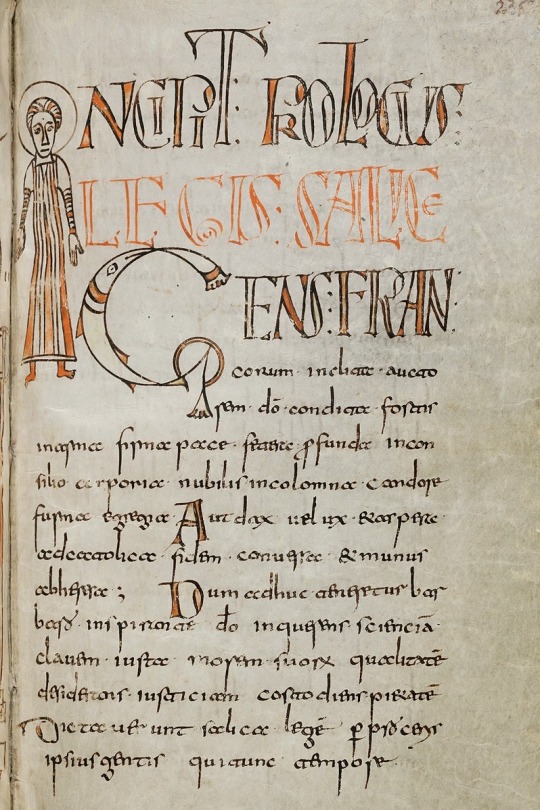
The Salic Law is the written law of the Frankish empire. Its origin is both in Germanic customary law and Roman criminal law. Continuing Roman law fitted in the “Imperium Romanum Aeternum" or the idea that Rome was everlasting (the early Merovingians still saw themselves as Roman and didn't consider the (Western) Roman Empire "fallen").
There are many versions and interpretations of the Salic Law, depending on the Germanic additions made to it. This is especially true for customary law, punishments and inheritance. The most famous rule included in the text is that Kings/rulers have to be succeeded by their eldest son.
In some instances, new laws and punishments were added after incidents occurred which were not previously considered. There were for example different punishments for people who were free vs. slaves. Punishments could also vary, depending on the amount of people involved. Later Catholic additions include the banishment of pagan elements such as animistic practices, future predictions or the names of our weekdays. Some of these banishments are the only documented proof of certain pagan elements which were successfully oppressed by Christianity, such as the habbit of saying "bless you" after a sneeze. This indicates that a sneeze was used for interpretations (foresight, good luck charms, etc.) that could not coexist with Catholic devotion. "Bless you" was installed to replace whatever it was Germans did after a sneeze, turning it into a "positive" that survived into our current time.
Image: page from the 794 AD Salic Law
Library of the Sankt Gallen abbey - Switzerland.
#frankish#charlemagne#field archaeology#carolingian#viking mythology#archaeology#viking archaeology#germanic mythology#merovingian archaeology#merovingian#norse mythology#anglo saxon#viking#field archaeologist#frisian#odin#vikings#germanic#germanic folklore#germanic archaeology#wodan#anglo saxon archaeology#history#jewelry#norse#western roman empire#roman empire#Salic law#ancient rome#paganism
44 notes
·
View notes
Text

109 notes
·
View notes
Text
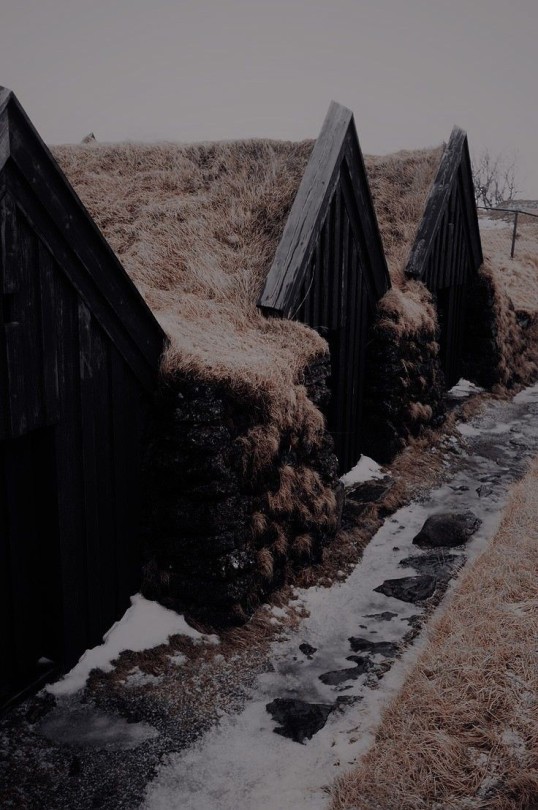
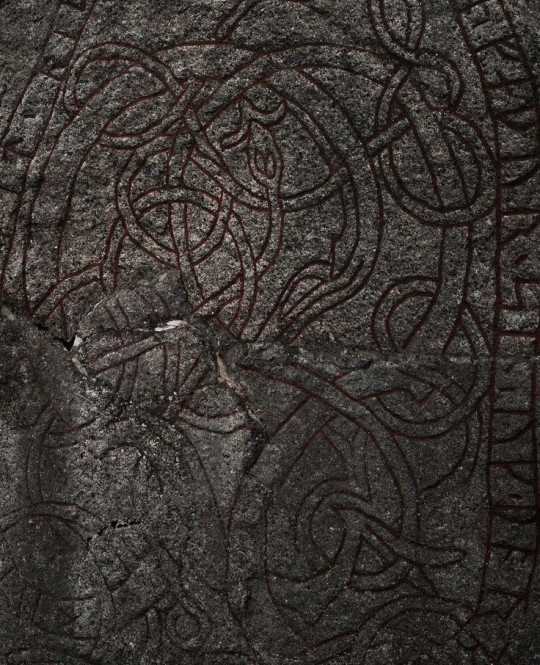


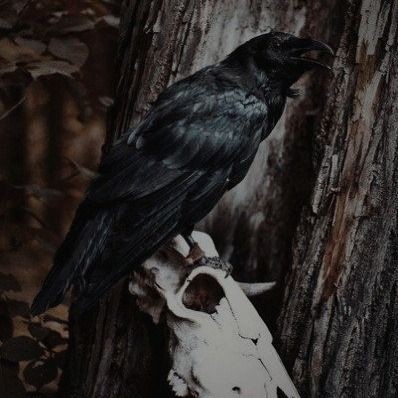

#vikings#vikings moodboard#viking runes#vikings history#viking#norsemen#norse gods#norse culture#norseman#norse mythology#norse#norse music#norse magic#norse pagan#norse paganism#norse pagan witch#norse polytheism#norse folklore#scandinavian#scandinavia#scandinavian mythology#scandinavian folklore#scandinavian landscape#medieval aesthetic#viking aesthetic#vikings art#medieval moodboard#medieval#medieval combat
735 notes
·
View notes